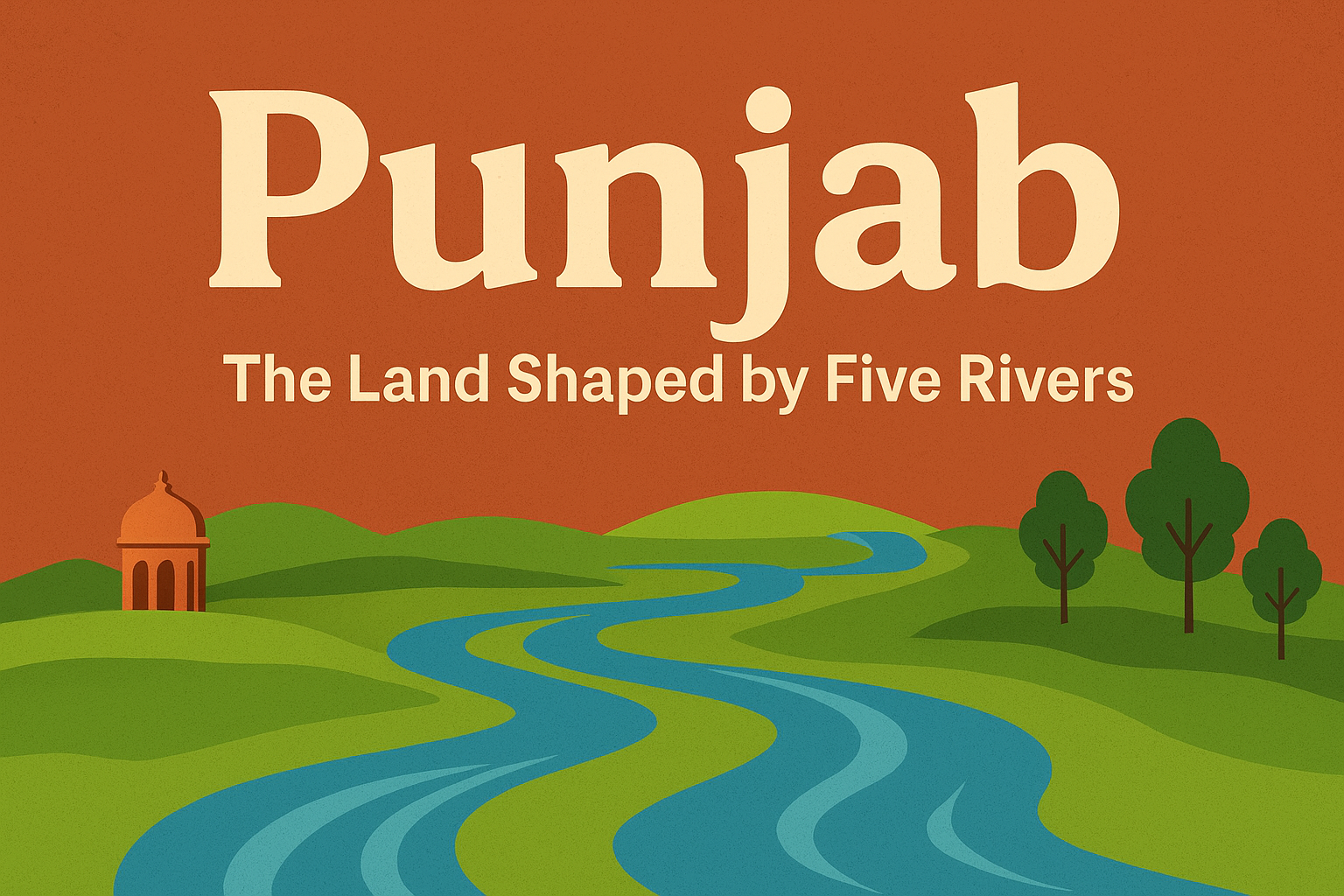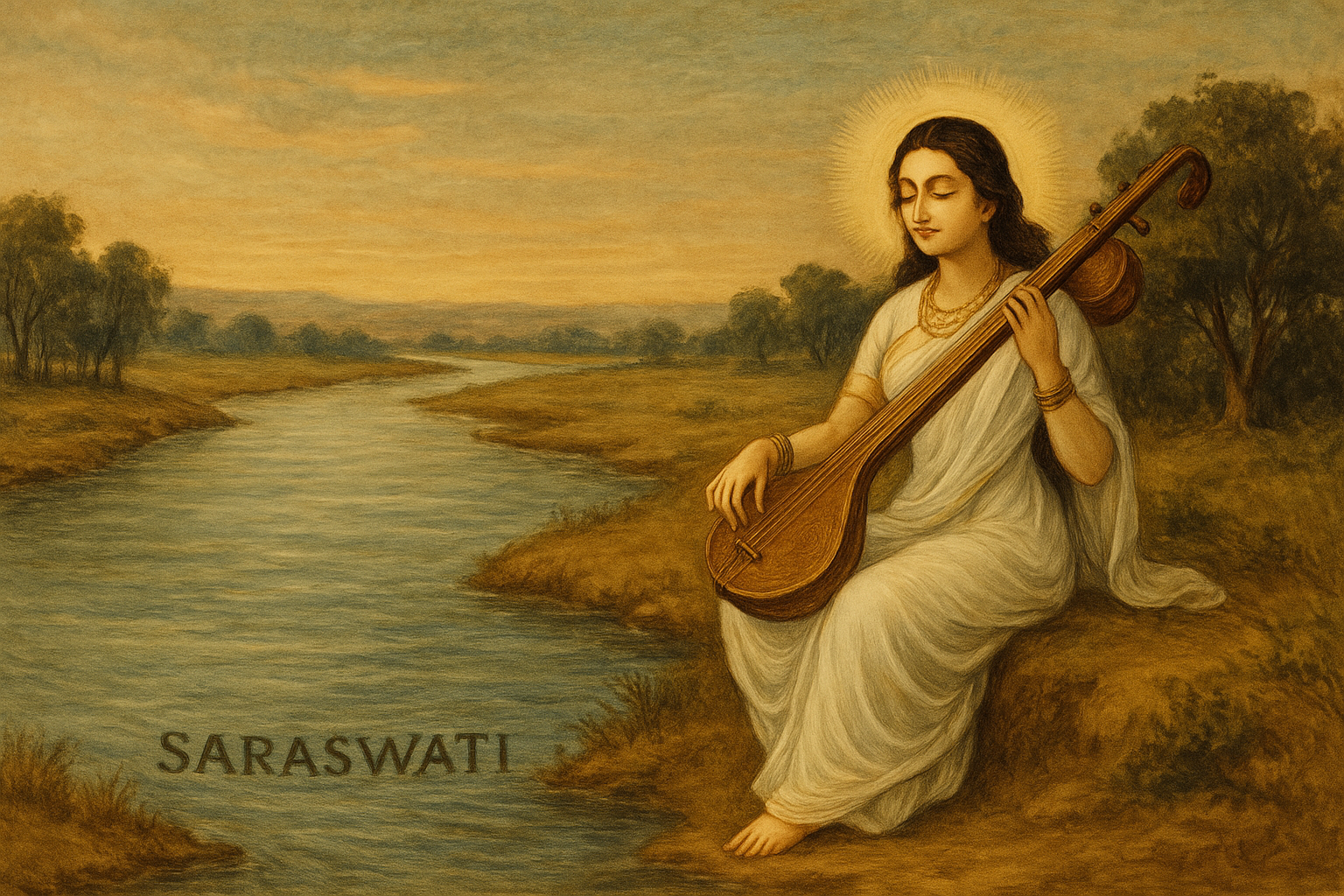A land takes its name from the waters that shaped it. Punjab, from panj meaning five and aab meaning water, was once home to five great rivers — Sutlej, Beas, Ravi, Chenab, and Jhelum. These rivers carried silt from the mountains, spread it across the plains, and turned the soil golden. For centuries, they were more than just water; they nourished fields, villages, and traditions, making Punjab the breadbasket of India.
Then came the Partition in 1947. Borders were drawn, people were displaced, and the rivers too were divided. Today, Indian Punjab is fed by the Sutlej, Beas, and Ravi, while the Chenab and Jhelum lie across the border in Pakistan. The Indus Waters Treaty of 1960 made this division permanent, yet Punjab’s very name still recalls all five rivers.
The story of these rivers is also the story of floods. In 1955, rains drowned villages and crops, remembered as one of the earliest disasters of independent India. Another massive flood struck in 1988, worsened by sudden dam releases.
In 2025, history repeated itself when more than a thousand villages went underwater. Lives were lost, farmland was ruined, and entire communities were displaced. Climate change has made rainfall harsher, forests in the hills have been cut down, and rivers now run through towns and fields choked by encroachment. The waters that once gave life now often arrive with destruction.
Floods cannot be stopped, but their impact can be managed. Clearing drains, protecting riverbanks, planting trees, and coordinating dam releases can reduce the damage. With these steps, the same rivers that sometimes bring pain can continue to sustain Punjab for generations.
Punjab may no longer hold all five rivers, but each one still shapes its identity. They remind us that nature both gives and warns. It is up to us to live wisely with it.
References
- Encyclopaedia Britannica – Punjab, India
- Wikipedia – Punjab (India), Five Rivers of Punjab, Indus Waters Treaty, 1988 Punjab Floods, 2025 Punjab Floods
- Indian Express – “Punjab’s most devastating floods since 1955”
- India Today – Punjab floods 2025 coverage

